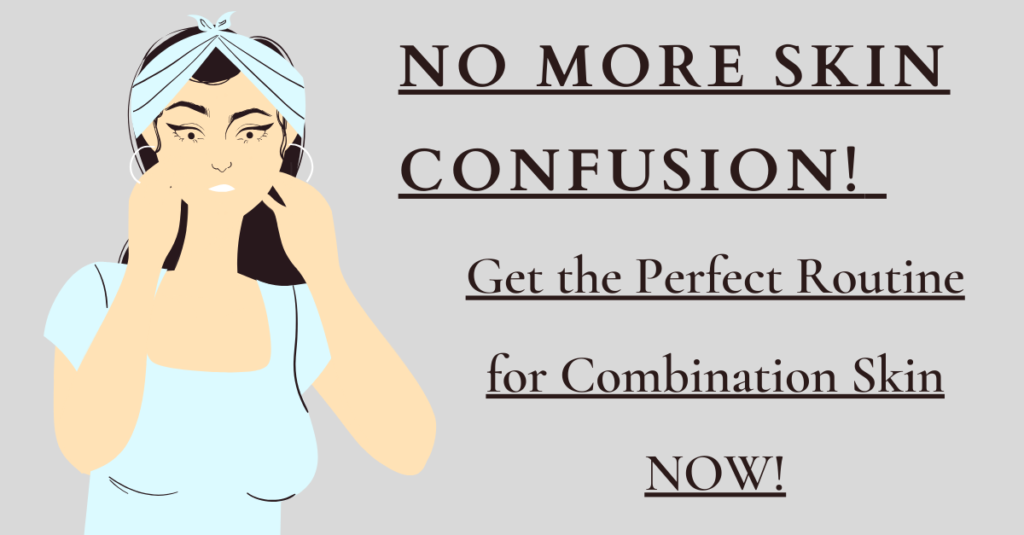Common Mistakes to Avoid When Using a Hair Straightener
Introduction
In the pursuit of achieving sleek, straight locks, the popularity of hair straighteners has soared, becoming a staple in many beauty routines. However, the transformative power of these styling tools comes with its own set of pitfalls. To maintain the health and vitality of your hair, it is crucial to be aware of common mistakes when using a hair straightener. This article aims to shed light on these pitfalls and provide valuable insights into proper usage.
From selecting the right straightener for your hair type to understanding the significance of temperature control and regular maintenance, we will explore a comprehensive guide to help you sidestep potential damage. By avoiding these common missteps, you can embrace the allure of straightened hair without compromising its natural beauty and health. Join us as we navigate the common mistakes to avoid when using a hair straightener for optimal results.
Common Mistakes to Avoid When Using a Hair Straightener
I. Selecting the Right Hair Straightener:

One of the fundamental mistakes individuals make when using a hair straightener is selecting the wrong type for their hair texture. Hair comes in various types – straight, wavy, curly, or coily – and using the wrong straightener can lead to ineffective results or, worse, damage.
When choosing a hair straightener, consider your hair type and texture. Fine hair requires a different type of straightener than thick or coarse hair. Ceramic plates are suitable for fine to normal hair, while titanium plates are better for thicker or coarser hair. Additionally, choose a straightener with adjustable temperature settings to cater to your specific hair needs.
II. Skipping Heat Protection:
The significance of heat protection cannot be overstated when using a hair straightener. Heat protectant products create a barrier between your hair and the intense heat of the styling tool, minimizing damage and preventing breakage. One common mistake is neglecting to use heat protectant before straightening, exposing your hair to the full force of high temperatures.
To avoid this mistake, incorporate a quality heat protectant into your hair care routine. Apply it evenly across your hair, ensuring complete coverage. This simple step acts as a shield, reducing the risk of heat-induced damage and promoting healthier, shinier hair.
III. Setting the Wrong Temperature:

Temperature control is a critical factor in the hair straightening process. Setting the wrong temperature can lead to ineffective results or, worse, cause damage to your hair. Many hair straighteners come with adjustable temperature settings, allowing users to customize the heat according to their hair type and condition.
A common mistake is using too high a temperature for fine or damaged hair, leading to excessive heat exposure. On the other hand, using too low a temperature for thick or coarse hair may result in ineffective straightening. It’s essential to understand your hair’s needs and adjust the temperature accordingly to achieve optimal results without compromising its health.
IV. Ignoring Hair Prep Steps:
Preparing your hair adequately before straightening is crucial for achieving the best results and minimizing damage. Straightening dirty or damp hair is a common mistake that many people make. Dirty hair can lead to uneven straightening, while damp hair is more susceptible to heat damage.
To avoid this mistake, establish a pre-straightening hair care routine. Start by washing your hair with a moisturizing shampoo and conditioner to ensure it’s clean and hydrated. Allow your hair to dry completely before using a straightener. This simple preparation routine sets the stage for a smoother straightening process.
V. Using the Wrong Technique:

The proper technique is key to achieving a sleek, straight look without causing harm to your hair. Improper sectioning and clamping are common mistakes that can lead to uneven results and potential damage.
To master the right technique, start by sectioning your hair into manageable portions. Use hair clips to keep sections separate, ensuring that each strand is straightened evenly. When clamping the straightener, do so gently and smoothly, avoiding unnecessary tugging or pulling. This technique ensures a polished finish while minimizing stress on your hair strands.
VI. Overusing the Straightener:
While the allure of perfectly straight hair is undeniable, overusing the straightener is a mistake that can compromise the health of your hair. Excessive heat exposure can lead to dryness, breakage, and even irreversible damage over time.
To strike a balance, limit your use of the straightener to a few times a week. Embrace your hair’s natural texture on alternate days to give it a break from heat styling. When using the straightener, ensure proper heat protection and follow recommended guidelines for temperature settings. This approach allows you to enjoy the benefits of straightening while preserving the long-term health of your hair.
VII. Neglecting Regular Maintenance:

Proper maintenance of your hair straightener is often overlooked, yet it plays a crucial role in its performance and longevity. Neglecting to clean or check the device regularly is a common mistake that can affect its functionality and potentially damage your hair.
To avoid this oversight, make regular maintenance a part of your hair care routine. Clean the straightener plates with a damp cloth to remove any product buildup. Check for any loose or damaged parts and address them promptly. This simple upkeep ensures that your straightener functions optimally, providing consistent results without putting your hair at risk.
VIII. Failing to Monitor Hair Health:
In the pursuit of a perfectly straightened look, it’s easy to overlook the overall health of your hair. Failing to pay attention to signs of damage is a common mistake that can lead to long-term consequences.
Take the time to monitor the health of your hair regularly. Look for signs of dryness, split ends, or breakage. If you notice any issues, adjust your hair care routine accordingly. Incorporate deep conditioning treatments, trim split ends, and give your hair the care it needs to thrive. By staying vigilant, you can address potential problems before they escalate.
Conclusion
In the quest for sleek, straight hair using a hair straightener, avoiding common mistakes is paramount to maintaining hair health and vibrancy. Selecting the appropriate straightener based on hair type, prioritizing heat protection, and setting the right temperature are foundational. Pre-straightening care, employing the correct technique, and avoiding overuse are essential practices. Regular maintenance, including cleaning and monitoring hair health, ensures optimal performance. By sidestepping these pitfalls, individuals can enjoy the allure of straightened hair without compromising its natural beauty and overall well-being, fostering a harmonious balance between style and health.

My name is Rohit Vagh and I’m a content writer specializing in fashion and lifestyle. I have three years of experience in this field and have written various articles. My writing style is creative and engaging, and I strive to create content that resonates with my readers. I have a deep passion for fashion and am constantly researching the latest trends and styles to make sure my readers are up to date. I’m excited to continue my career in blogging, and I’m always looking for new opportunities in the fashion and lifestyle space.





